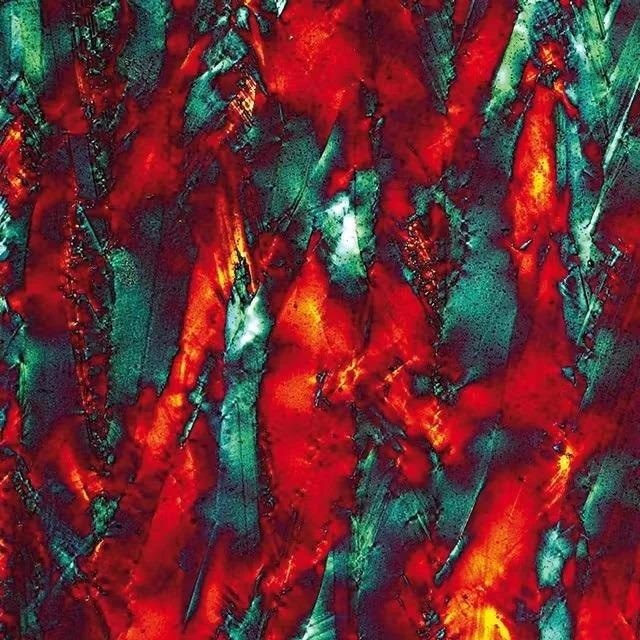The Axio Imager for Polarized Light Microscopy from ZEISS is the ideal choice for customers who are looking for a microscope capable of performing complex operations reliably and producing results of remarkable quality, as well as being easy to use.
Customers can choose from the partly motorized, coded or completely motorized models and adapt the microscope to suit individual necessities.
Highlights

Image Credit: Carl Zeiss Microscopy GmbH
Confidence Thanks to Automatic Component Identification
Users can depend on the microscope settings at all times, thanks to the Automatic Component Recognition (ACR). Automatic recognition of objectives is possible by all the motorized stands. Inside the completely motorized Z-stand, ACR can also identify reflector modules. The Axio Imager automatically registers the exchange of components.
Reliable Long-Term Imaging Thanks to Vibration-Free Design
For high magnifications and measurements that are time-dependent, users can depend upon the stability of the Axio Imager. Nosepiece turret, stage carrier and z-guide have been engineered as a small, vibration-free unit, secluded from the rest of the stand. This "stable cell" provides perfect measurement settings for excellent results.
Comfortable Operation Due to Extensive Functionality
- Users can streamline complex processes. They can regulate all motorized parts instantly by clicking the touchscreen at the Docking Station or at the stand.
- Individual settings can be saved and effortlessly retrieved at the press of a button. The focus drive can be intuitively operated thanks to conveniently arranged control buttons with tactile surfaces.
- The polarized light microscopy platform can be alternatively worked via the freely positionable control panel, totally separated from the stand. The contrast- and light manager automatically chooses the ideal settings so as to produce reproducible and consistent results.
Methods
Conoscopy: Fast and Reliable Crystal Analysis with Polarized Light Microscope
Polarized Light Microscopy enables the capture of conoscopic and orthoscopic image information concurrently. With the exclusively engineered Pol phototube, crosshairs, object and iris diaphragm can be seen simultaneously, owing to an extra intermediate image plane.
Thanks to the modifiable iris diaphragm, this is also applicable for the boundaries of the conoscopic range down to the lowest crystal size of 10 µm.
The pre-focused Bertrand optics is easy to switch on and off. This allows users to quickly shift between processes — even while recording images or using a video system.
Consistent Measurement Performance
- Direct measurements with the help of the rotary, ball bearing mounted stage with 0.1° vernier and 360° scale (e.g.. for computing cleavage angles in minerals)
- Determination of strain measurements or optical path variances
Compensators with Fixed Path Difference
- Quarter-wave plate λ / 4
- Full-wave plate λ, rotatable +/- 8°
- Full-wave plate λ
Customers have access to a broad spectrum of compensators, spanning the measuring ranges between 0 and 30 λ.
Compensators with Variable Path Difference
- Wedge compensator 0-4 λ
- Measuring compensators
- Berek tilting compensator 0-30 λ
- Berek tilting compensator 0-5 λ
Axio Imager is Open to Many More Methods, for example:
- Digital analyses using Zeiss AxioVision software (e.g., with particle analyzer or grain size analysis)
- Thermomicroscopy